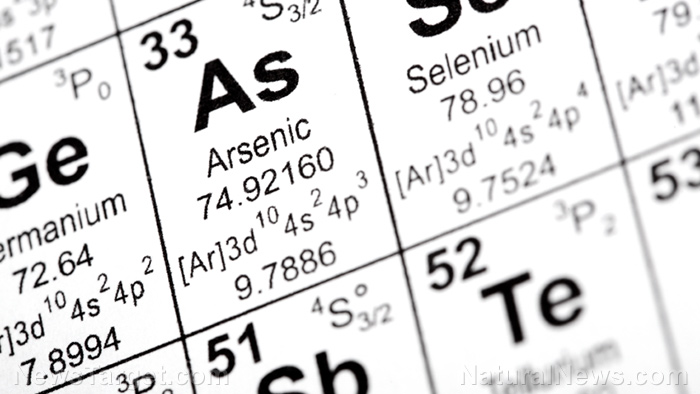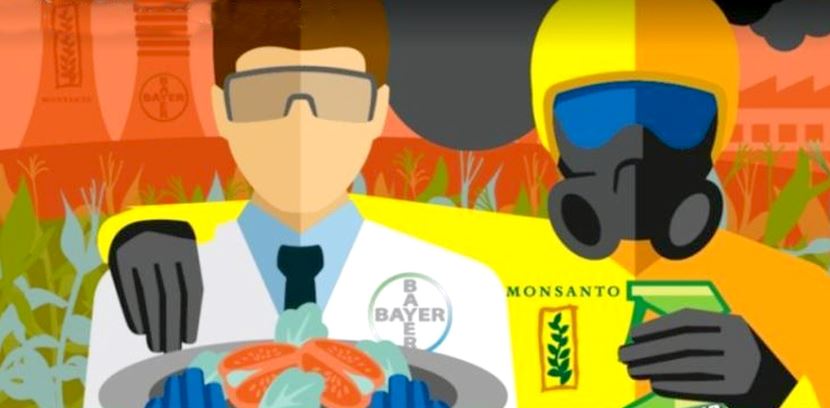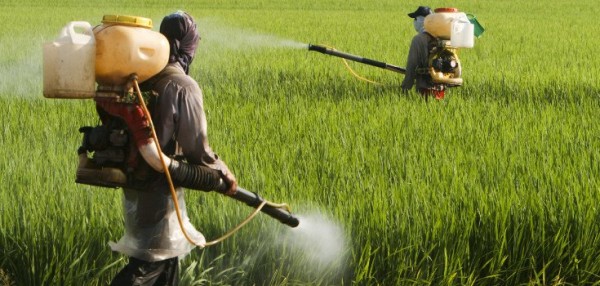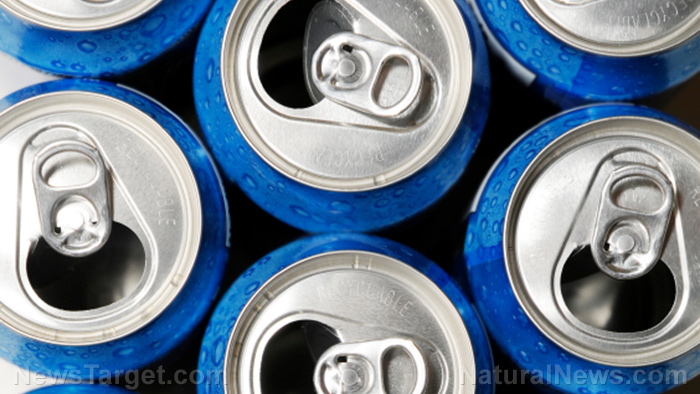What is being done to curb the ever-increasing microbead pollution occuring in our oceans?
06/07/2018 / By RJ Jhonson

Microbeads prove that when it comes to causing damage to nature, size doesn’t necessarily matter. In light of the environmental risks microbeads pose, the U.S. has taken steps to halt the use and production of these plastics.
In 2015, the government enacted the Microbead-Free Waters Act, a law that prohibits the manufacture and import of microbeads. The ban itself will take effect in increments and will be fully implemented by 2019. The production of microbeads was outlawed as early as July of 2017.
The law defines microbeads as plastic particles as small as or smaller than five millimeters. They are used in many cosmetic products and toiletries, including toothpaste, soaps, and facial scrubs, where they are valued for their ability to scrape off dirt and dead skin.
Despite their minuscule size, they contribute to the plastic waste problem that now plagues the world. In the U.S. alone, the number of microbeads disposed of every day was estimated to have reached up to 808 trillion in 2015, most of which ended up in sludge used as fertilizer. (Related: Microbeads in personal care products are polluting our oceans and lakes.)
Experts estimate that about 10 percent of this number or roughly eight trillion microbeads — enough plastic to cover 300 tennis courts — end up in rivers, streams, lakes, and the ocean. Because of their shape and size, microbeads are mistaken by fish for food.
Microbeads, however, are toxic. They absorb the chemicals in their surroundings, making them exponentially more poisonous than their environment. The toxins remain in the fish’s body and can have a devastating impact not just on the animal itself, but on other organisms that comprise the food chain—humans included.
The problem reached public awareness in 2013 after 5 Gyres, a Los Angeles-based nonprofit organization that aims to reduce plastic pollution, and the State University of New York at Fredonia revealed how plastics have contaminated the Great Lakes.
Aside from the government, known manufacturers of products that use microbeads have committed their support for the ban. Johnson & Johnson offered to phase out the plastic in all of its products in 2013. Unilever did the same in 2014.
A united effort
The U.S. is not alone in its efforts to save marine ecosystems by putting a stop to the use of microbeads. The endeavor is an international one, with more countries enacting similar measures.
In January of 2018, the U.K. moved to ban the manufacture of products that use microbeads. The sale of the said products will be banned by June 30. With some respondents calling for other plastic categories to be included in the ban, the law was anticipated to be the most formidable to ever be passed against plastic waste. In the end, the ban came to apply only to microbeads.
In February 2018, Sweden released its own ban on rinse-off cosmetic products that used microbeads. The measure will take effect by July.
There have been calls from various NGOs for the European Commission to create a ban on all forms of microplastics in cosmetics and to regulate polymer ingredients.
Also in January, Canada implemented a ban that will take full effect by July. This was a step that began as early as June 2016, when the government classified microbeads as a toxic substance under the Environmental Protection Act.
The prevalent use of microbeads in a huge variety of products may be attributed to several factors. Most notable of which is the low cost of production and the ease of manufacturing immense numbers of the beads. Many manufacturers, such as Unilever, are looking into using natural and environment-friendly alternatives instead, such as walnut shells, apricot seeds, and even bamboo for their products.
Read about the impact of microbeads and other pollutants to the environment at Environ.news.
Sources include:
Tagged Under: environment, fish, marine life, microbeads, Ocean, plastic ban, plastic waste, toxins


















